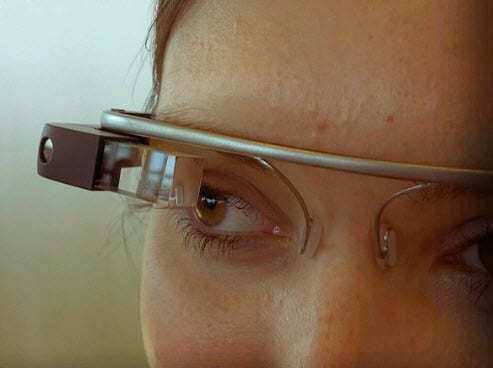 Google applies for new patent for augmented reality project
Google applies for new patent for augmented reality project
Google has filed a new patent with the U.S. Patent and Trademark office concerning the company’s highly anticipated Google Glass. Google has been working on the Glass project for some time and has directed a great deal of attention toward its augmented reality capabilities. Late last year, doubts concerning the product’s use of augmented reality began to surface, suggesting that Google had abandoned its interest in the technology. This year, however, Google has been making an effort to show off the augmented reality features of Google Glass.
New control interface coming to Glass
The patent highlights a wireless control scheme that will be incorporated into Google Glass. This system is meant to remotely control various household electronics, such as a refrigerator or a microwave oven. The system embodies Google’s intent in making Glass an all encompassing tool that can be used for just about anything. The new patent is one of the few relating to Glass that is not heavily focused on augmented reality technology.
Glass will allow users to control electronic appliances
According to the patent, users of Google Glass will be able to operate electronics using the high-tech eyewear. This will be accomplished using a complex system of image recognition and infra-red sensors. The patent suggests that Glass will be able to launch a command interface through scanning a QR code or interacting with an RFID signal that is associated with a particular appliance. Glass wearers will be able to adjust the settings of their appliances remotely through this command interface.
Interface likely to be voice controlled
The patent does not document how Glass users will actually interact with the control interface. The interface itself will be an augmented reality display, superimposed over the real world environment when Glass identifies an RFID signal or scans a code. It is likely that the interface will respond to voice commands, as many of the other features of Google Glass are activated and controlled by a user’s voice.

